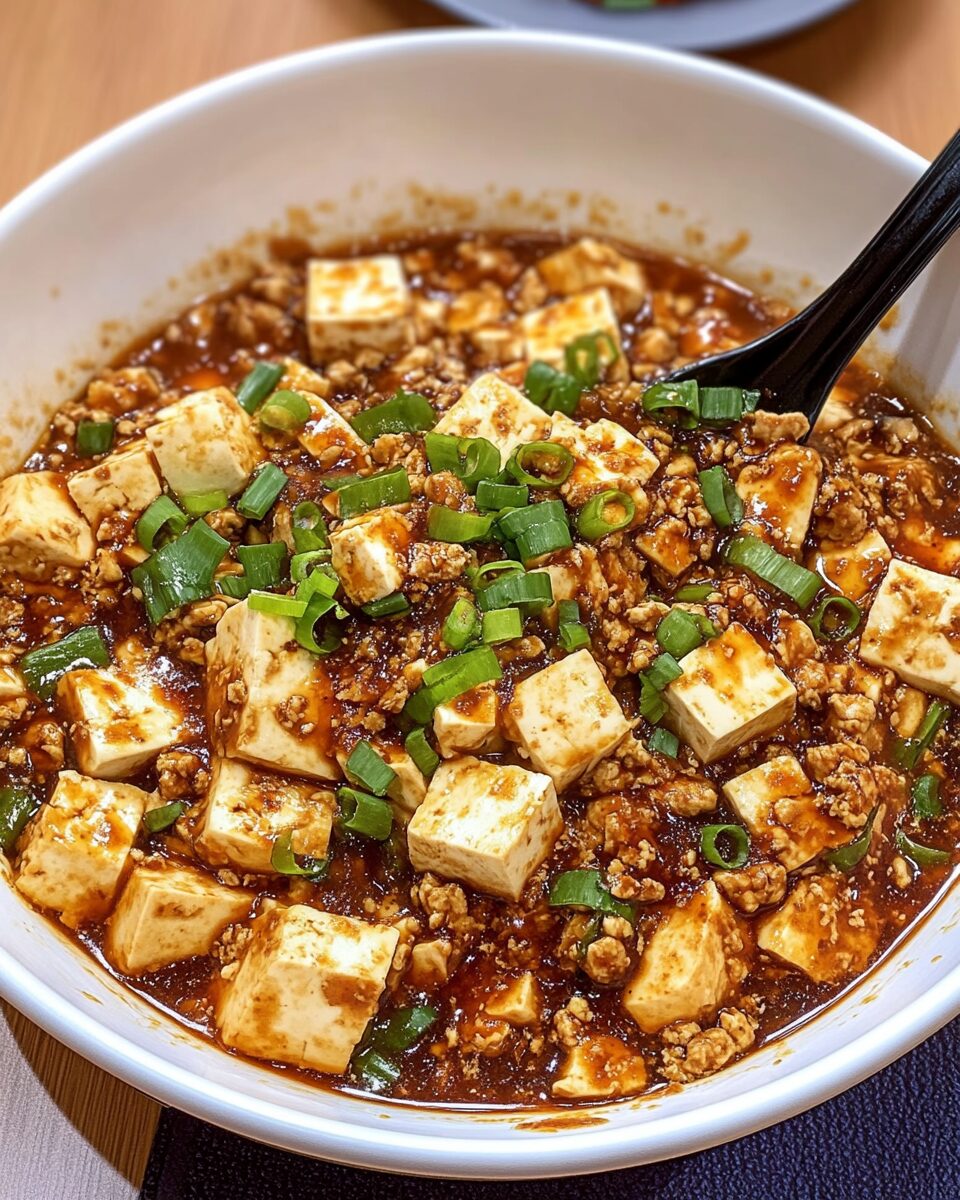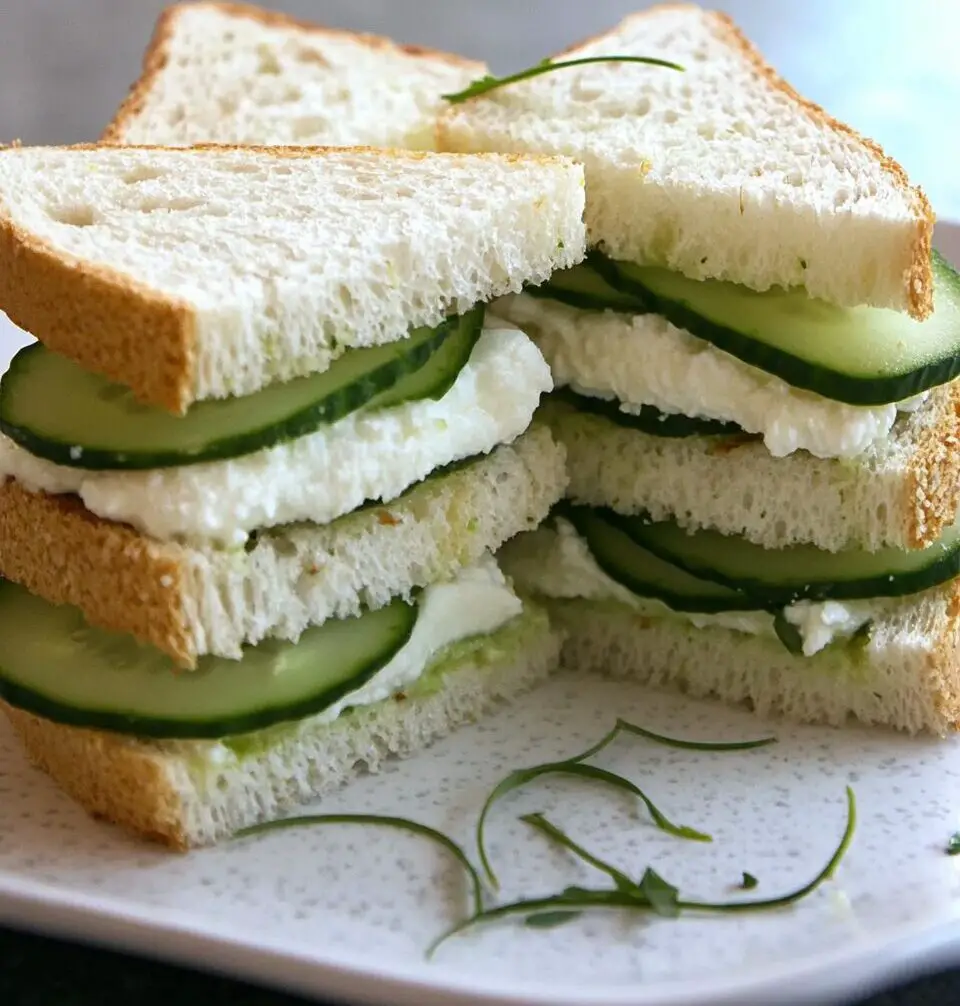The bold, mouth-tingling flavor of Sichuan cuisine shines in this classic Mapo Tofu dish. With creamy silken tofu swimming in a spicy, savory pork sauce and that unmistakable numbing heat from Sichuan peppercorns, this is comfort food with a serious kick.
Mapo Tofu is surprisingly quick to make, making it ideal for a satisfying weeknight dinner. Whether you’re a spice lover or just looking to try something new, this dish captures the essence of Sichuan cuisine in every bite. Serve it over rice to soak up the rich, flavorful sauce—it’s bound to become a favorite in your rotation.
Full Recipe:
-
3/4 pound ground pork
-
1 tablespoon minced fresh ginger
-
1 tablespoon minced garlic
-
2 teaspoons freshly ground Sichuan peppercorns
-
1 tablespoon Pixian chili bean paste (doubanjiang)
-
2 tablespoons chili crisp (adjust to taste)
-
1/2 cup low-sodium chicken stock
-
1 pound silken tofu, drained and cubed
-
2 teaspoons cornstarch
-
2 teaspoons water (to dissolve cornstarch)
-
1 green onion, sliced, for garnish
Directions:
-
Heat a wok or large skillet over high heat. Add the ground pork and cook, stirring occasionally, until browned and the fat is rendered, about 4 minutes.
-
Add ginger, garlic, and Sichuan peppercorns. Stir until aromatic, about 30 seconds.
-
Mix in chili bean paste and chili crisp. Stir well for about 30 seconds.
-
Pour in chicken broth and gently add the tofu. Carefully fold the tofu into the broth without breaking it.
-
In a small bowl, mix cornstarch and water. Add to the pan and stir gently to incorporate without smashing the tofu.
-
Cover and simmer over medium-low heat for about 10 minutes, or until the tofu has absorbed color and the sauce has thickened.
-
Garnish with sliced green onion and serve hot, preferably over steamed rice.
Prep Time: 10 minutes | Cooking Time: 15 minutes | Total Time: 25 minutes
Kcal: 328 kcal | Servings: 4
The Bold and Fiery Legacy of Mapo Tofu
Mapo Tofu is more than just a dish—it’s a flavor experience rooted in centuries of Sichuan culinary tradition. Known for its distinctive spicy, savory, and numbing flavor profile, this dish showcases the magic of Sichuan peppercorns and chili bean paste in perfect harmony with soft, silky tofu and ground pork. It’s comfort food with an edge, made for those who appreciate heat with complexity.
Hailing from the Sichuan province in China, Mapo Tofu (麻婆豆腐) roughly translates to “Pockmarked Old Woman’s Tofu.” The name refers to the legend of a woman with pockmarked skin who first created the dish in her Chengdu restaurant during the Qing Dynasty. Her bold creation became a local hit and, over time, spread across China and then the world. Today, it’s a staple on Chinese menus globally and a beloved home-cooked dish in many Asian households.
Understanding the Flavor Profile
The allure of Mapo Tofu lies in its distinctive flavor balance: numbing, spicy, savory, and slightly fermented. This complexity is achieved through a blend of key Sichuan ingredients:
-
Sichuan peppercorns, which deliver a tingling, numbing sensation known as málà.
-
Doubanjiang, a fermented chili bean paste that gives depth, umami, and a deep red color.
-
Chili crisp or oil, which adds a smoky crunch and visual flair.
Together, these components transform tofu from mild to magnificent, all while offering a deeply satisfying saucy texture that clings perfectly to every bite.
Variations Across Regions and Diets
Though traditionally made with pork, Mapo Tofu has adapted to a wide range of dietary needs and regional preferences. In vegetarian versions, the meat is omitted or replaced with mushrooms or plant-based proteins like tempeh or textured soy protein. Vegan-friendly recipes ensure that even the doubanjiang used is free from animal products.
In Japan, the dish has been localized into what’s known as “Mabo Dofu,” often less spicy and featuring a slightly sweeter profile. Korean adaptations might add gochujang or serve the dish with kimchi for a tangy twist. In Western kitchens, Mapo Tofu is frequently adjusted for spice tolerance, with lighter use of chili and peppercorns.
Tips for Authentic Flavor at Home
While it may seem intimidating at first glance, preparing Mapo Tofu at home is actually quite straightforward. That said, a few insider tips can help elevate your dish to restaurant quality:
-
Use silken or soft tofu, not firm or extra-firm. The soft texture allows it to soak up the sauce and create that melt-in-your-mouth experience.
-
Don’t skip the Sichuan peppercorns—they’re essential. Toast and grind them fresh for maximum flavor.
-
Layer the flavors by browning the pork first, then adding aromatics like garlic and ginger before incorporating the spices and sauces.
-
Handle tofu gently during cooking to avoid breaking it apart. A folding motion works best when mixing.
-
Simmering is key to allowing the tofu to absorb the sauce and for the flavors to meld.
These subtle steps can make a noticeable difference in the final outcome, bringing depth and authenticity to every bite.
How to Serve Mapo Tofu
Mapo Tofu is most commonly served over freshly steamed jasmine rice, which helps to mellow out the bold, spicy sauce and provides a comforting balance. For a more elaborate meal, it can be accompanied by side dishes like stir-fried greens (bok choy or gai lan), pickled vegetables, or a cooling cucumber salad.
In Sichuan, it’s not unusual for the dish to be served with a Chinese soup or as part of a larger multi-course dinner. However, it’s just as delightful enjoyed solo in a bowl, spooned over rice for a cozy, one-dish dinner.
Why Mapo Tofu Stands Out
Among Chinese dishes, Mapo Tofu is iconic for a reason. Its contrasting textures—tender tofu, meaty bits of pork, and slightly crunchy aromatics—make each bite complex and satisfying. The spiciness isn’t just about heat; it’s about nuance. Sichuan peppercorns offer a floral quality that differentiates málà from other hot cuisines around the world.
Mapo Tofu is also a great ambassador of Sichuan cuisine. It introduces eaters to a signature regional flavor profile without requiring elaborate techniques or hard-to-find ingredients. That accessibility has helped it become a household name, even far from its original roots in Chengdu.
Nutritional Perspective
Though it may not seem like a “healthy” dish at first glance, Mapo Tofu can be quite balanced depending on how it’s prepared. Tofu is a fantastic source of plant-based protein, calcium, and iron, while ground pork adds protein and essential fats. The dish is low in carbs and can easily be made gluten-free with the right soy sauce and bean paste choices.
The spice content also offers some surprising health benefits. Capsaicin, the compound that gives chili its heat, has been linked to metabolism support and heart health. Meanwhile, Sichuan peppercorns have digestive and anti-inflammatory properties.
Of course, as with any dish high in sodium (thanks to fermented sauces), moderation is key, and homemade versions allow for greater control over salt levels.
Cultural Significance and Global Popularity
Beyond the flavor and texture, Mapo Tofu represents something much more meaningful in Chinese cuisine—it’s a dish that tells a story. A story of humble beginnings, culinary ingenuity, and the power of bold flavors to transcend borders. From street food stalls in Chengdu to upscale fusion restaurants in New York, Mapo Tofu has made its mark on the global food scene.
Its enduring popularity also reflects a larger appreciation for Sichuan cuisine worldwide. As food lovers become more adventurous and willing to explore regional Asian flavors, Mapo Tofu often serves as a gateway dish—fiery and flavorful enough to intrigue, yet comforting and simple enough to feel familiar.
Conclusion: A Must-Try Classic
If you’ve never tasted Mapo Tofu, consider this your invitation to a culinary adventure. It’s the kind of dish that captures the spirit of its origin—bold, soulful, and unforgettable. Whether you’re new to Chinese cooking or a longtime lover of spice, Mapo Tofu is worth mastering.
By making it at home, you get full control over the spice level, ingredients, and portions—plus the pride of crafting a legendary dish with your own hands. Once you get a taste for it, don’t be surprised if it earns a permanent spot in your dinner rotation. It’s not just a recipe—it’s an experience.








